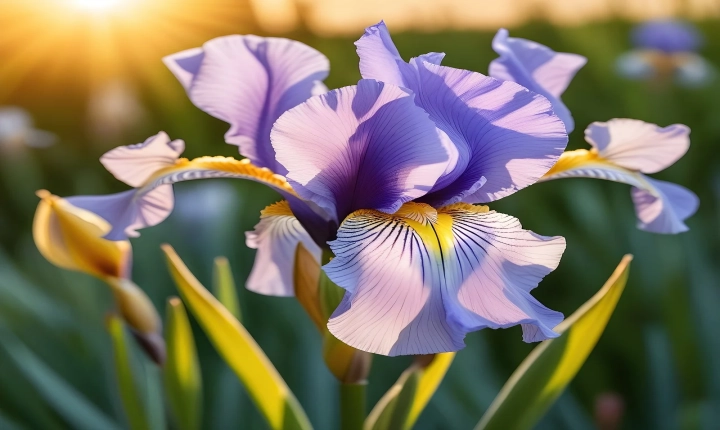Title: How to Create AI Video Art – Unleashing the Power of Artificial Intelligence in Visual Expression
Introduction
Artificial intelligence (AI) has become a driving force in the world of creative expression, empowering artists to push the boundaries of traditional art forms. One such form is AI video art, which combines the innovation of AI technology with the visual narrative of video art. Creating AI video art offers a unique and exciting way for artists to explore new techniques and to produce captivating visual experiences. In this article, we will explore the process of creating AI video art and the tools and techniques that are available to artists.
Understanding AI Video Art
AI video art is a medium that utilizes AI algorithms to manipulate and transform digital video content. These algorithms can be used to generate and alter visual elements, create surreal landscapes, morph characters, and experiment with various visual effects. The result is a fusion of human creativity and technology, producing art that is both visually stunning and conceptually thought-provoking.
Tools and Techniques
Several tools and techniques can be employed to create AI video art. One popular platform is DeepArt, which uses neural networks to transform videos into artistic masterpieces. DeepArt allows artists to apply styles from famous artworks or to create custom styles, resulting in visually captivating video art pieces. Another powerful tool is Runway ML, which provides a user-friendly interface for artists to experiment with AI models and generate unique visual effects.
In terms of techniques, artists can utilize generative adversarial networks (GANs) to create AI video art. GANs are a type of AI model that consists of two competing neural networks, with one generating content and the other evaluating its authenticity. This technique can be used to create compelling animations, visual distortions, and surreal environments. Additionally, artists can explore the use of motion tracking, image segmentation, and style transfer to manipulate video content and produce engaging visual narratives.
Process of Creation
The process of creating AI video art involves an iterative approach, with artists experimenting with different AI models, video effects, and visual styles. The journey starts with selecting a video source, whether it is original footage, stock videos, or public domain content. Artists can then apply AI algorithms to transform the video content, experimenting with various parameters and styles to achieve their desired artistic vision. Iterative refinement and experimentation are key aspects of the creative process, allowing artists to explore new possibilities and to push the boundaries of traditional video art.
Challenges and Considerations
While AI video art offers immense creative potential, there are also challenges and considerations that artists should be mindful of. One challenge is the computational complexity of AI algorithms, which can require significant computing resources and processing power. Artists may need access to high-performance hardware or cloud-based services to execute complex AI processes efficiently. Additionally, artists should consider the ethical implications of AI video art, particularly in terms of copyright, fair use, and the responsible use of AI-generated content.
Conclusion
AI video art represents a compelling intersection of human creativity and technological innovation, offering artists a new frontier to explore and express their visual ideas. By leveraging AI algorithms, artists can create captivating video art pieces that challenge conventional artistic norms and engage audiences in new and unexpected ways. As AI technology continues to advance, the potential for creating groundbreaking AI video art will only continue to expand, opening up endless possibilities for artistic expression.
